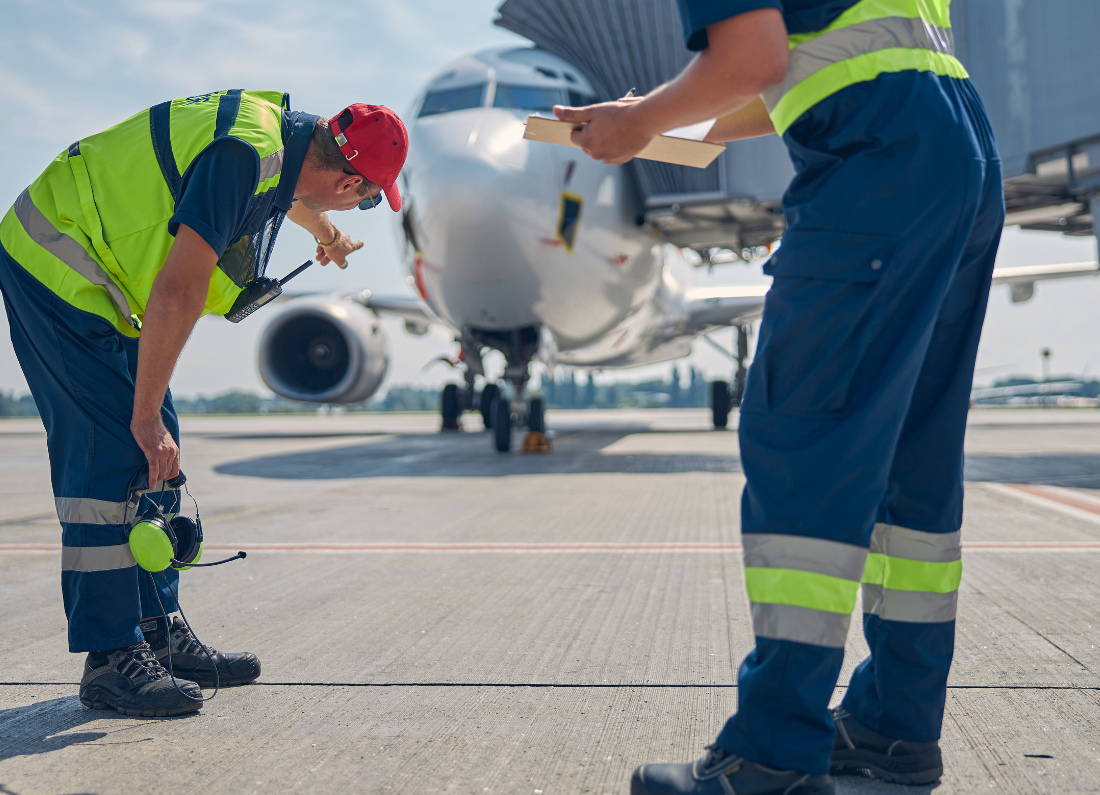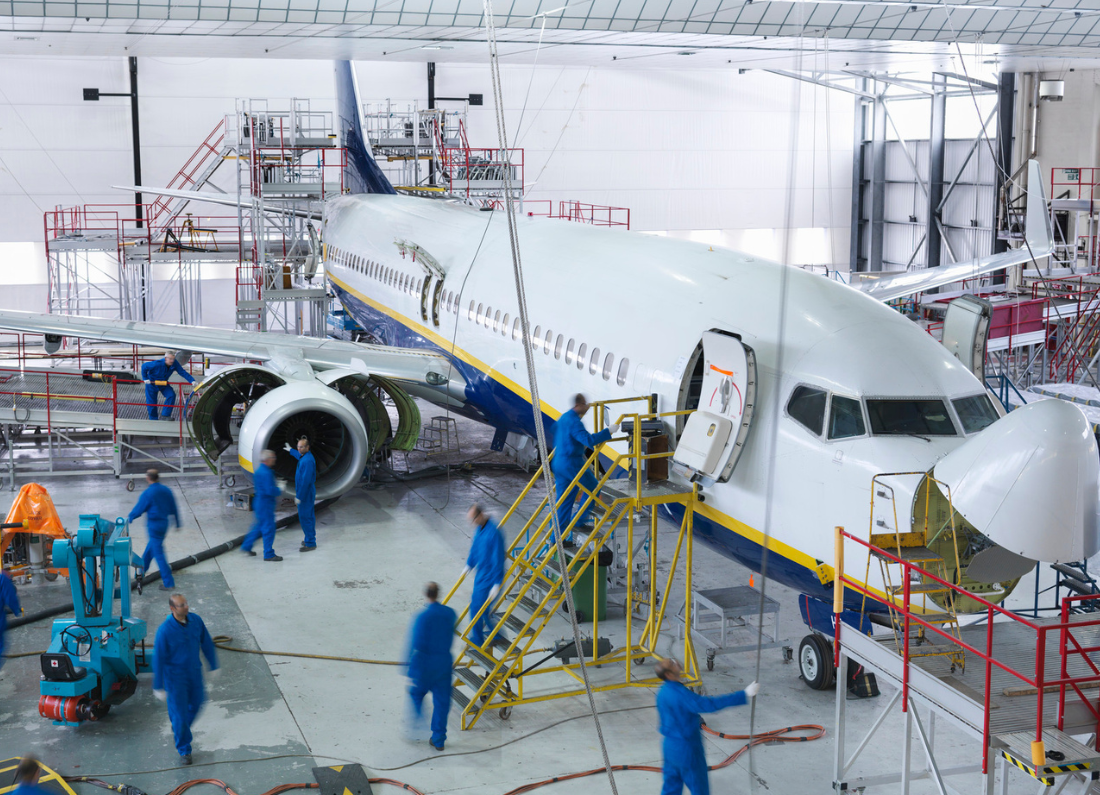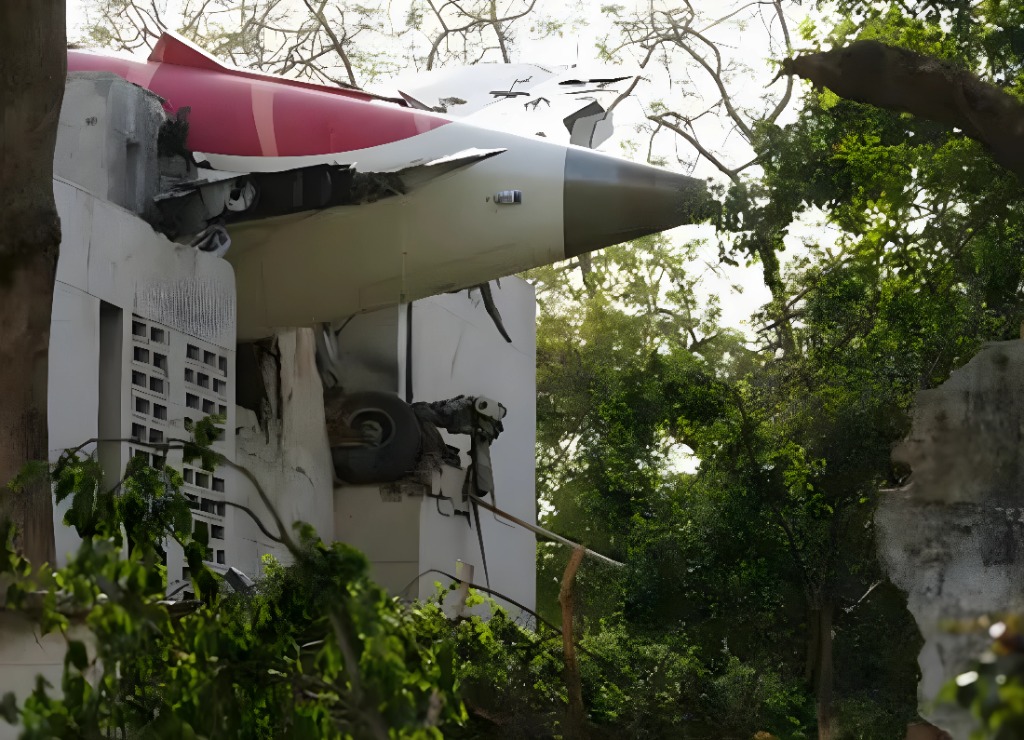Behind every aircraft that takes off safely lies a crucial yet often unseen factor: Maintenance, Repair, and Overhaul (MRO). By 2025, the MRO industry in Asia particularly in Malaysia is poised to emerge as a pivotal player on the global aviation stage. Once perceived primarily as a backroom operation, MRO has evolved into a strategic asset integral to not only enhancing national aviation growth but also creating high-skilled technical jobs and boosting regional competitiveness. This transformation is driven by innovative technologies and practices.
Digital inspections are replacing traditional methods, allowing for faster and more accurate assessments, which in turn enhances safety and efficiency. Predictive maintenance harnesses data analytics to anticipate potential issues before they arise, significantly reducing downtime and operational costs. Moreover, the industry is increasingly adopting green practices, such as eco-friendly hangars, to minimize its environmental footprint and align with global sustainability efforts. As a result, the MRO sector is becoming more sophisticated, agile, and profitable, reflecting its vital role in ensuring the safety and reliability of air travel while contributing to the broader economic landscape.
The Market in Motion
According to the latest Oliver Wyman Global Fleet & MRO Forecast, the Asia-Pacific MRO market is projected to hit USD 30 billion in 2025, making it the fastest-growing MRO region in the world.
- Fleet recovery post-COVID is near complete
- Narrowbody aircraft (A320/B737) dominate workloads due to LCC growth
- Malaysia, Singapore, and Vietnam are becoming preferred MRO hubs for cost and capability
- Demand for engine and component MRO is surging due to aging aircraft
Malaysia: ASEAN’s Rising MRO Hub
Malaysia is quickly carving out a strong position in the regional MRO market, thanks to:
Strategic Location
At the crossroads of Southeast Asia, Malaysia is ideally positioned to serve aircraft from ASEAN, South Asia, and the Middle East.
World-Class Facilities
Key MRO operators include:
- Asia Digital Engineering (ADE) – AirAsia’s in-house MRO, headquartered in KLIA
- GMF AeroAsia Malaysia, Aerospace Composites Malaysia, and Panasonic Avionics
- Subang Aerotech Park – Home to engine and component repair shops
- UPECA Aerotech, Spirit AeroSystems, and Safran – supporting structures and nacelles
Skilled Workforce
Malaysia produces over 3,000 aviation maintenance graduates per year, with certified programs from:
- UniKL MIAT, Nilai University, Admal Aviation College, and KKTM Kuantan
- CAAM- and EASA-certified license pathways (Part-66/Part-147)
What’s in Demand in 2025?
| MRO Segment | Why It’s Growing |
|---|---|
| Line Maintenance | Short turnaround at airports; rapid growth in LCC traffic |
| Base Maintenance (C/D checks) | Older aircraft being retained due to OEM delivery delays |
| Engine Overhaul | High demand for LEAP, CFM56, PW1000G engines |
| Component Repair | Electronics, landing gear, avionics cost-saving vs. replacement |
| Modifications/Upgrades | Cabin retrofit, inflight Wi-Fi, ADS-B compliance |
Malaysia is also investing in engine MRO, aiming to capture more business from Pratt & Whitney, GE, and Rolls-Royce operators.
Digital MRO: Predict, Not React
MRO 2025 is no longer about fixing what’s broken — it’s about predicting failure before it happens.
Digital trends include:
- AI-powered diagnostics to flag anomalies before they cause damage
- Digital twins of engines and aircraft for lifecycle tracking
- eLogbooks and paperless workflows to reduce manual errors and speed up approvals
- Augmented Reality (AR) tools for remote inspections and technician guidance
- IoT-enabled parts that self-report wear-and-tear in real time
ADE and other regional MROs are building data platforms that integrate airline ops, parts inventory, and regulatory compliance.
Strategic Partnerships Fueling Growth
Malaysia’s MRO rise is supported by strong collaborations:
- AirAsia x ADE – In-sourcing all maintenance with expansion to third-party services
- Malaysia Airports (MAHB) – Investing in MRO zones within KLIA and Subang
- MIDA and InvestKL – Offering tax incentives for aerospace investors
- International OEMs – Partnering with local firms to set up regional parts hubs and repair centers
These partnerships not only reduce downtime for airlines — they create high-value engineering jobs and attract foreign aviation business.
Greener Maintenance: Sustainable Hangars and Parts
Sustainability is now a competitive advantage:
- Hangars using solar power, rainwater harvesting, and smart lighting
- Reusable tools and eco-friendly degreasers and solvents
- Parts refurbishment and recycling programs gaining traction
- Carbon reporting for MRO operations being demanded by ESG-conscious airlines
Malaysia is positioning itself as an eco-certified MRO provider, especially for European and Japanese carriers with sustainability mandates.
Headwinds: Challenges Facing MRO in Asia
| Challenge | Impact |
|---|---|
| Talent shortages | Technicians and licensed engineers in short supply across Asia |
| Regulatory complexity | Multiple certifications (CAAM, EASA, FAA) needed for full market access |
| Supply chain disruption | Delays in spare parts due to global logistics bottlenecks |
| Price competition | Intense pressure from low-cost providers in South Asia and China |
Solving these issues will require training investment, policy coordination, and technology adoption across the region.
Future Outlook: What’s Next for MRO?
By 2030, expect:
- Electric and hybrid aircraft maintenance protocols
- Expanded drone-based aircraft inspections
- On-demand mobile MRO units for remote airport coverage
- Widespread use of blockchain for parts traceability
- Integration of sustainability KPIs into standard MRO contracts
With Asia set to host half the world’s commercial fleet by 2040, the region’s MRO providers must be ready to deliver speed, safety, and sustainability — all at scale.
Behind every aircraft that takes off safely lies an unseen force that plays a crucial role in aviation: Maintenance, Repair, and Overhaul (MRO). By 2025, the MRO industry in Asia, particularly in Malaysia, is poised to take center stage in the global aviation sector. Once regarded as a behind-the-scenes operation, MRO has evolved into a vital component of strategic national growth in aviation, serving not only as a source of technical employment but also as a catalyst for regional competitiveness in the global marketplace.
Innovations such as digital inspections, which utilize advanced imaging techniques to assess aircraft conditions, predictive maintenance that anticipates potential failures before they occur, and sustainable practices in the construction and operation of green hangars are transforming the MRO landscape. These developments enable MRO providers to perform their services more efficiently and effectively, resulting in reduced downtime for airlines and increased profitability. As the industry continues to grow and modernize, it is essential for stakeholders to recognize the significant impact of MRO on the safety, reliability, and economic viability of air travel.










